Keep on reading to discover fascinating facts about the area and keep your eyes open for objects when in the museum. Check out this interactive map to assist you in your journey and don’t forget to book your free ticket to the museum!
Heading up to Hyde Park before or after your visit?
If passing by, have a look at the Albert Memorial. Prince Albert was determined to help establish Great Britain as a leader in science and technology and because of him, the Exhibition Road area was given the nickname ‘Albertopolis.’
His vision was realised by organising the Great Exhibition in 1851 in Hyde Park, an international exhibition focused on displaying cutting-edge innovations of the time like microscopes, electric telegraphs and even early submarines. The earnings of the exhibition were invested into buying land and developing museums and educational institutions in South Kensington, including what is known today as the Science Museum.
The memorial itself also celebrates and commemorates his passion for industrial and scientific development, with four sculptures surrounding him representing agriculture, manufacture, engineering, and commerce.

Come into the Making the Modern World gallery and you’ll find pictures of the Great Exhibition and even objects that were displayed in it, like the Harrison power loom!
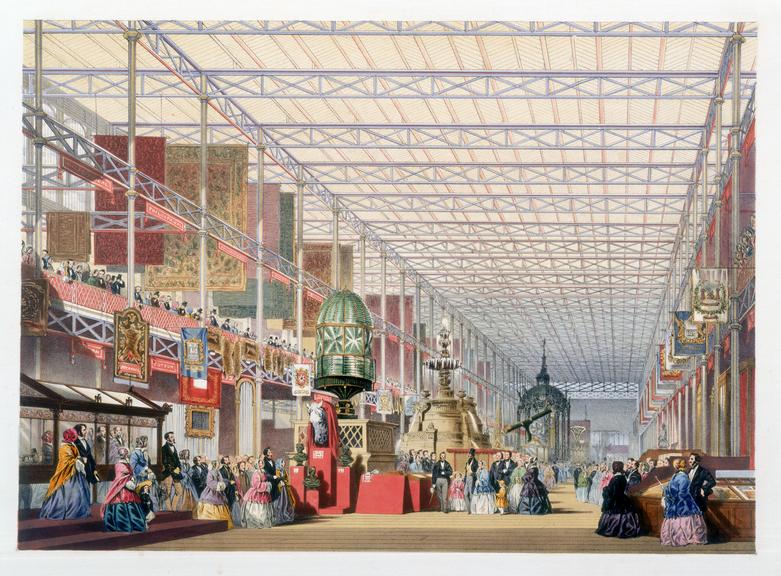
Maybe having a stroll through South Kensington? Venture off the main roads to explore the cute and quiet mews!
The residential expansion of the West of London in the 18th century required not just living spaces but also more space to house horses, carriages and other equipment. To resolve this problem, the design of mews was developed.
Found at the rear of many townhouses, the cobbled streets known as mews were designed to stable horses and carriages on the ground floor and accommodate servant and coach drivers on the first. Historically filled with hustle and bustle, they are now quiet, tranquil, and mostly traffic-free residential streets that are an integral part of the architecture of South Kensington. They are easy to spot and beautiful to explore on a walk in the surrounding area of the Science Museum so make sure to have your eyes open for a street sign for ‘mews’.
Did you know, that the prototype of the Brougham carriage that can be found in the Making the Modern World gallery was once a very popular vehicle and was often being stored in mews? It was the mode of transportation used in the famous Sherlock Holmes stories.
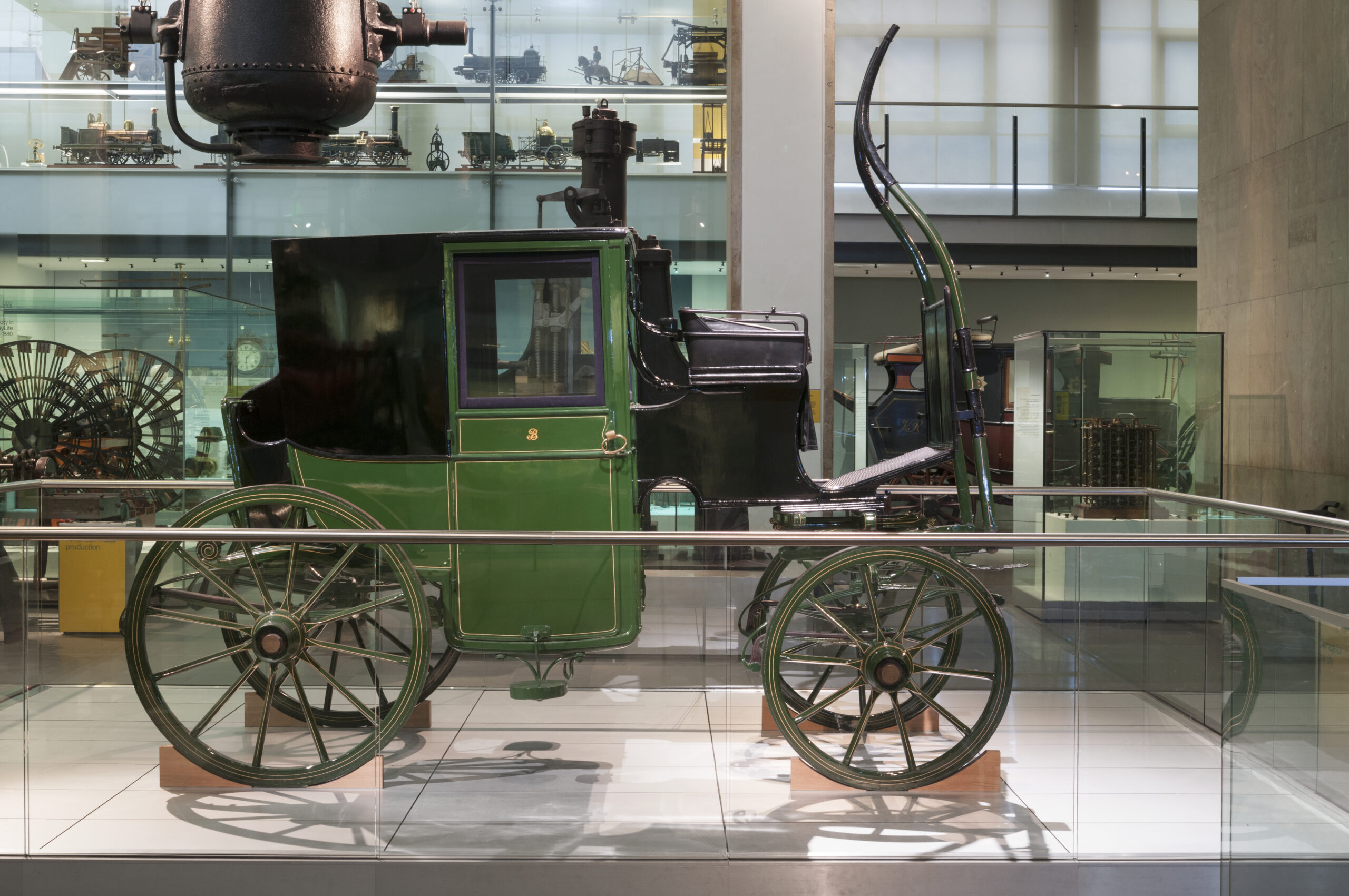
Edward Jenner – the developer of the smallpox vaccine – is also a part of the history of South Kensington. Can you spot his memorial by Lancaster Gate on your way into the Science Museum?
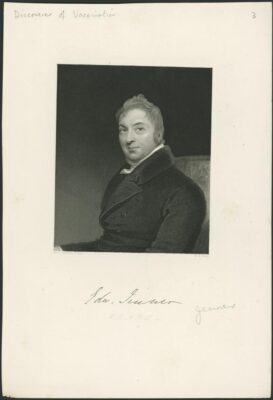
His pioneering work was inspired by noticing that milkmaids, who, exposed to cowpox from milking cows, seemingly became immune to smallpox. To test his suspicion, in 1796, Jenner injected the fluid of a cowpox pustule into the arm of a healthy person and later exposed them to smallpox. The outcome proved him right – the patient showed no signs of smallpox, and the first vaccine was born. His experiment outlined the bases of how vaccines work – injecting a small dose of weak or inactive particles will prepare the immune system to fight off future infections.
Just a 20-minute walk connects his memorial with Medicine: The Wellcome Galleries which holds Jenner’s personal medical equipment – his lancets, whose sharp blades allowed him to make cuts and injections, medicine chest with some of its contents like glass bottles and mortars, and many medallions that celebrate his contribution to the history of medicine. Can you find them all?

Looking for a place for a picnic? Why not visit Hyde Park or Kensington Gardens, lands that were once used for hunting.
It might be hard to imagine today, but Hyde Park and Kensington Gardens once served as private hunting grounds for King Henry VIII after he commanded to expand his hunting territory in London beyond Greenwich and Richmond Parks.
Take a stroll outside in the park and imagine deer, wild boars and sometimes even bulls roaming around. The panoramic serpentine lake was ordered to be designed by Queen Caroline in 1730 for ornamental purposes but also serves the function of hosting wildlife and allowing for a quick swim, having the oldest established swimming club in Britain. Hyde Park was the first of the royal parks to open to the public in 1637.
If you want a little quest, try and find street signage with the coat of arms for the borough of Kensington and Chelsea which portrays a blue wild boar, inspired by their past presence in the area.
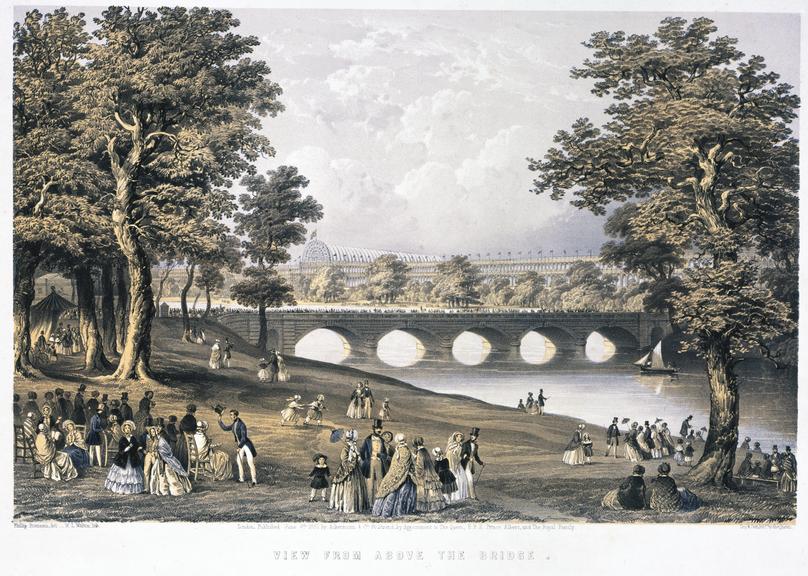
Did your journey to the Science Museum start at the busy South Kensington station? Nowadays around 34 million people a year pass through it but during World War II the station was closed.
South Kensington station and the nearby Onslow Square were both used as air raid shelters for local residents during World War II.
It is estimated that during the bombing of the Blitz, around 3,000 people died and around 300,000 houses were destroyed in the South Kensington area. When heading up the Exhibition Road to the Science Museum, try and spot the holes and physical damage on the walls of the Victoria & Albert Museum that were caused by the bombs.
The Science Museum holds many objects that influenced the course of World War II – start from the ground floor to look at missiles in Making the Modern World Gallery, head higher to our Medicine: The Wellcome Galleries to explore the development of penicillin before heading upstairs to look up at the aircraft in the Flight gallery.
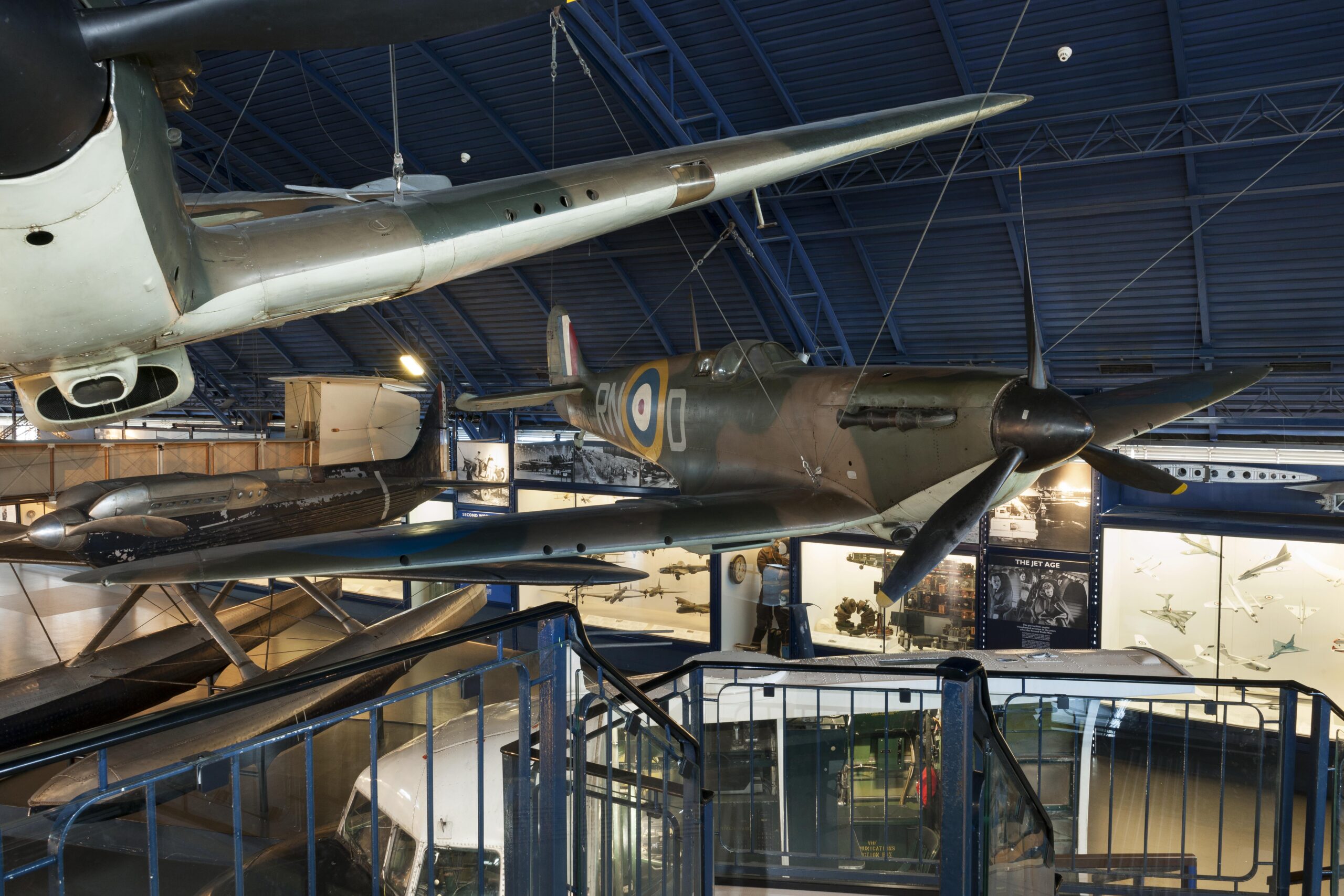
Keep your eyes peeled for the red telephone boxes not only on your way into the museum but once you’re inside too!
The most common, kiosk no.6, known as the “Jubilee Box” in honour of the coronation of King George V, is one of eight telephone box types. You can find one on Exhibition Road and many more around South Kensington.
The first telephone booth was introduced in 1921 by the Post Office and they massively helped to increase the means of communication. Easy to spot on the streets due to their colour, the bright red booths became an iconic feature of the UK.
The development of alternative communication technologies decreased the usage of telephone booths but their importance in the history of communication was established: around 2,000 booths are now listed as Grade II buildings to protect and conserve them.
Once you have spotted one outside, head to the Information Age Gallery and look for one there!
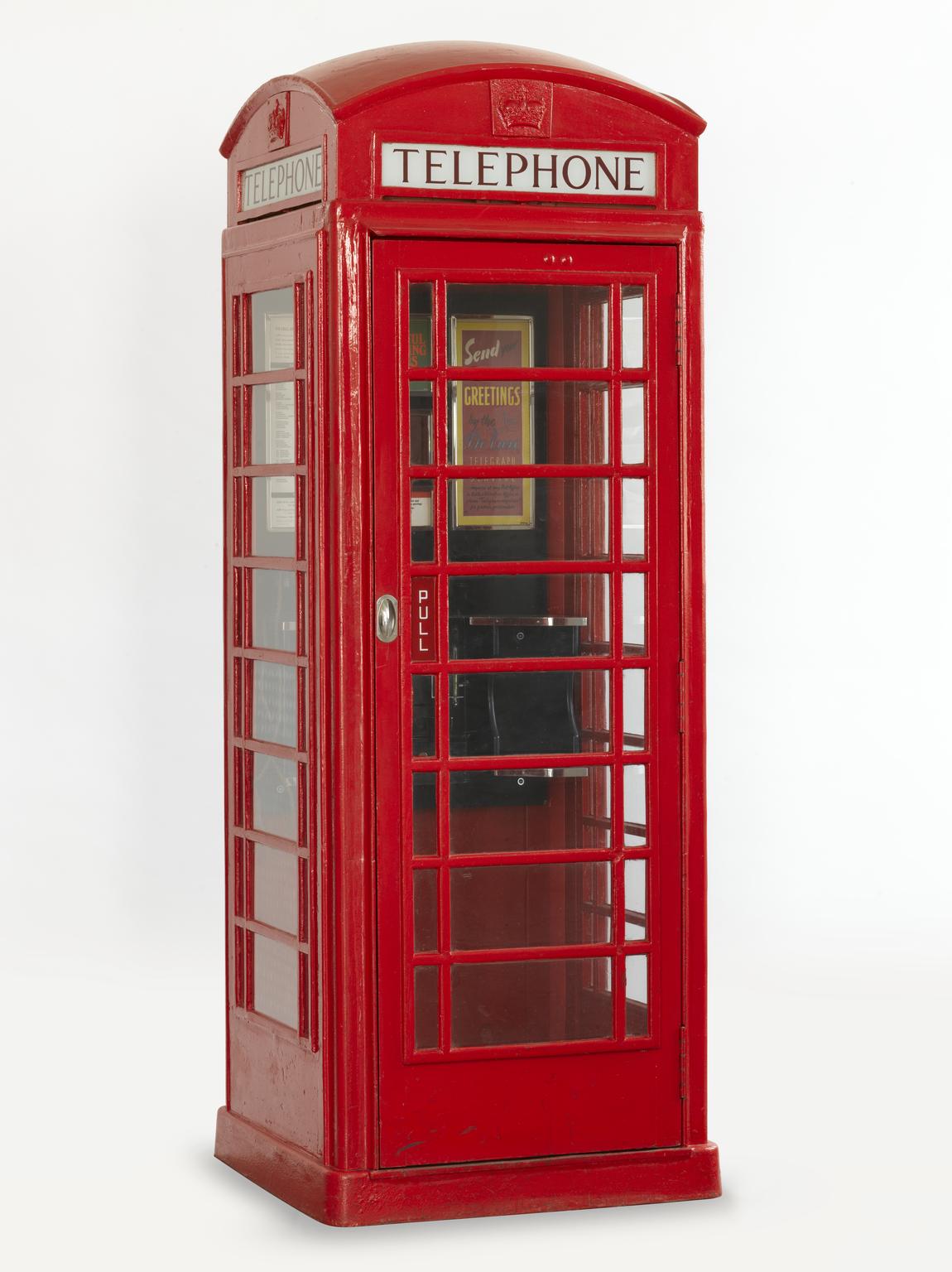
A lot of history is invisible; the Camouflage School in Kensington Gardens takes that quite literally.
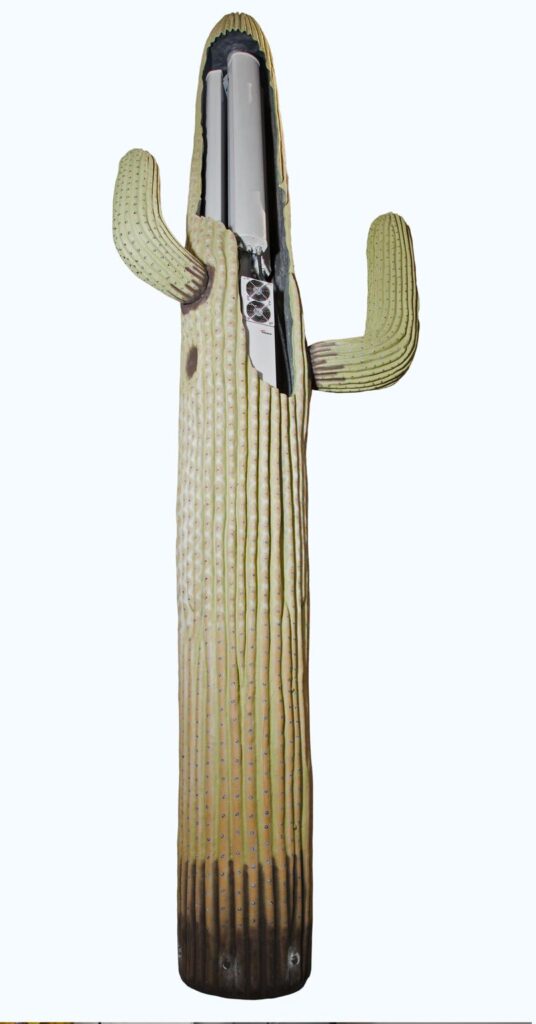
During World War I, The British Army School of Camouflage was established in Kensington Gardens in 1917, as a place to explore and test ways and designs for hiding from the enemy. Camouflaging is an important military tactic for blending in with your surroundings. With advances in aviation technology, which provided a new angle and perspective to consider, its use grew immensely during World War I.
The pioneering work in camouflage in the UK was influenced by Salomon Joseph Salomon, a British painter. His work in nature paintings and tree observations inspired the camouflage techniques and patterns used in the school which mostly focused on soldier disguising in nature.
The camouflage school is not present anymore, but different camouflage tactics are still actively in use. For example, our Information Age Gallery has an object that looks like a cactus, but is it? Come and find out!
Feeling inspired to explore South Kensington? Make sure to book your free ticket to the Science Museum here and start your on-foot science journey today!